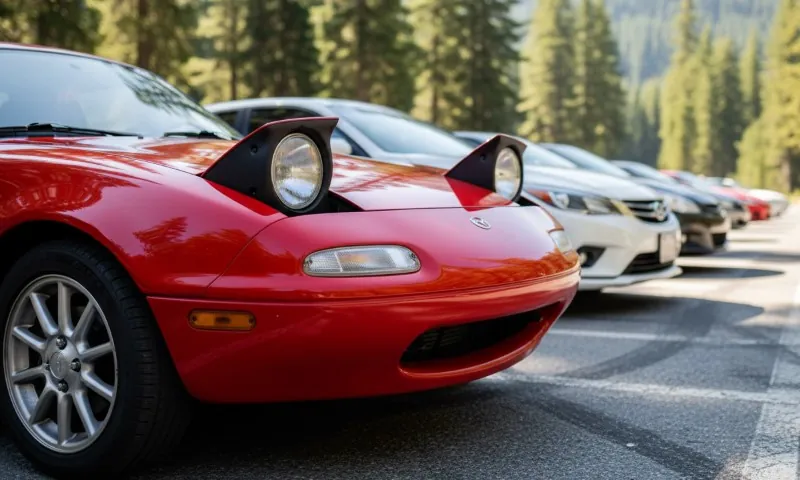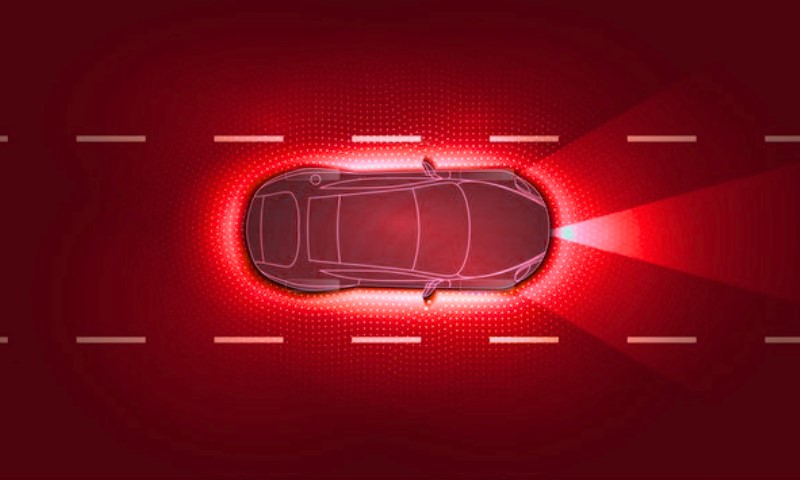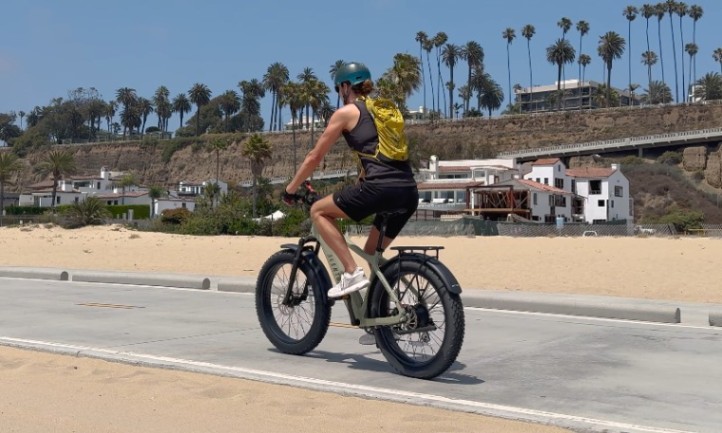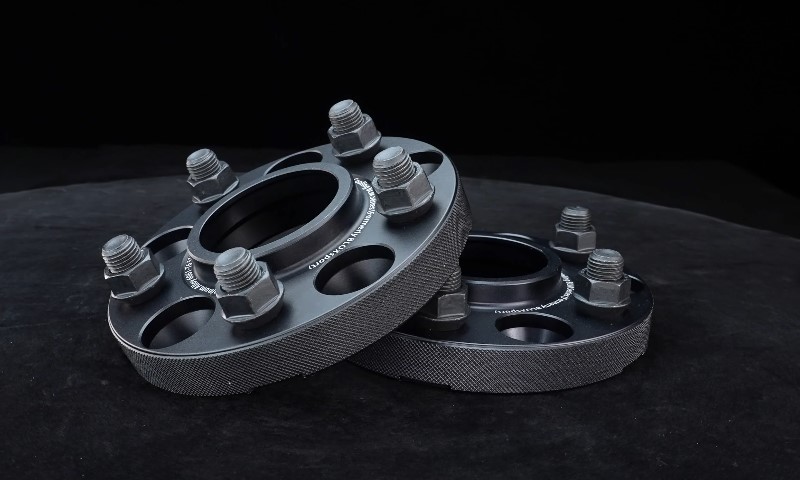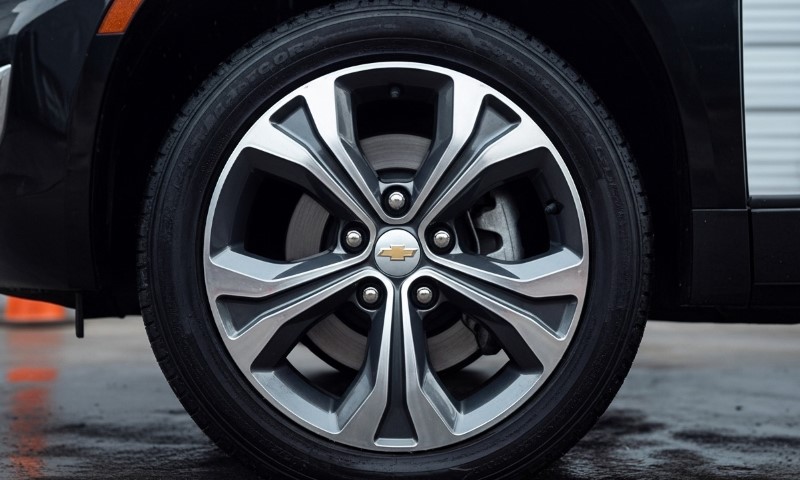
Share Post:
If you’ve ever tried buying wheels for a Chevrolet Cruze, you probably know how easy it is to get lost in numbers like “5×105,” “56.6 mm,” or “+41 mm.”
They look simple enough, but when it comes to making sure your new wheels fit perfectly, without vibration, rubbing, or offset issues, every one of those numbers matters.
The Cruze may look like an ordinary compact sedan, yet its wheel specs are very specific, and getting them right can save you both money and headaches.
With that said, we prepared a full, practical guide that breaks down everything about the Chevy Cruze bolt pattern, center bore, offset, and related fitment details. It’s designed for anyone who wants clear, no-nonsense answers before ordering wheels online or walking into a tire shop.
Table of Contents
ToggleKey Points
- Chevy Cruze uses a 5×105 bolt pattern with a 56.6 mm center bore .
- Lug nuts: M12 x 1.5 thread, torque to 100 lb-ft .
- Keep offset near +41 mm for proper fit and clearance.
- Use hub-centric rings when wheel bore is larger than 56.6 mm.
What “5×105” Actually Means
Every wheel bolts onto the car through a set of evenly spaced holes around a circle, called the bolt circle. The Cruze uses five studs spaced on a 105 mm diameter circle, so its bolt pattern reads 5×105 .
That number is standard for nearly all U.S. Cruze models from 2011 through 2019, across trims from LS to Premier.
You’ll find it stamped or engraved on the back of factory wheels and confirmed in OEM listings such as Hollander wheel number 5748, which is a 16×7 wheel with a +41 mm offset and a 56.6 mm center bore.
In short:
- 5×105 = 5 wheel studs forming a circle of 105 millimeters in diameter.
- It’s consistent across most Cruze trims and years sold in North America.
Core Specifications at a Glance
Here’s the full fitment reference for Cruze owners and wheel shoppers:
| Spec | Cruze Value | Notes |
| Bolt pattern | 5×105 | Five studs on a 105 mm circle |
| Center bore | 56.6 mm | Some OEM catalogs round to 56.5 mm |
| Lug nut thread | M12 x 1.5 | Common GM compact thread size |
| Typical offset | +41 mm | Standard for 16×7 and 18×7.5 OEM wheels |
| Torque | 140 N·m / 100 lb-ft | Factory torque specification |
Each number plays a specific role. The bolt pattern ensures correct alignment with the studs, the center bore keeps the wheel balanced on the hub, and offset controls where the wheel sits relative to the fender and suspension.
Factory Wheel Examples
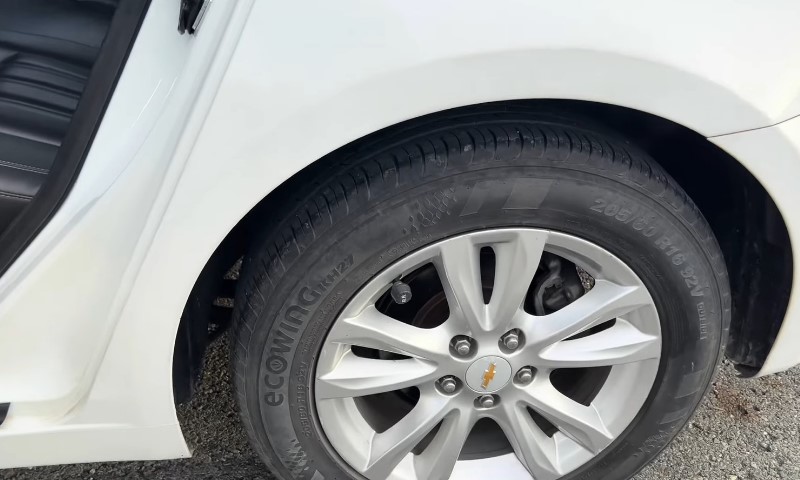
Chevrolet offered several wheel sizes over the Cruze’s production years. Here are two of the most common OEM options:
16-Inch Factory Wheel
- Size: 16×7
- Offset: +41 mm
- Bolt Pattern: 5×105
- Center Bore: 56.5–56.6 mm
- Notes: Found on many 2016–2018 Cruze trims.
18-Inch Factory Wheel Option
- Size: 18×7.5
- Offset: around +41 mm
- Bolt Pattern: 5×105
- Center Bore: 56.6 mm
- Notes: Listed in OEM catalogs for upper trims with sport or appearance packages.
The Importance of the 56.6 mm Center Bore
The center bore is the hole in the middle of the wheel that fits over the raised hub on your Cruze. The Cruze’s hub measures roughly 56.6 mm , meaning OEM wheels fit perfectly without any extra parts.
Aftermarket wheels often have larger center bores so they can fit multiple car models. That’s where hub-centric rings come in; they reduce the wheel’s center bore down to the Cruze’s 56.6 mm hub size.
If you skip them, the wheel centers itself on the lugs instead of the hub, which can lead to steering wheel vibration at highway speeds. Plastic or aluminum rings are inexpensive and worth every cent.
Pro tip: If a catalog lists 56.5 mm or 56.6 mm, go with 56.6 mm rings. The difference is just rounding, but you’ll get the most snug fit that way.
Lug Nut Details – Thread, Seat, and Torque
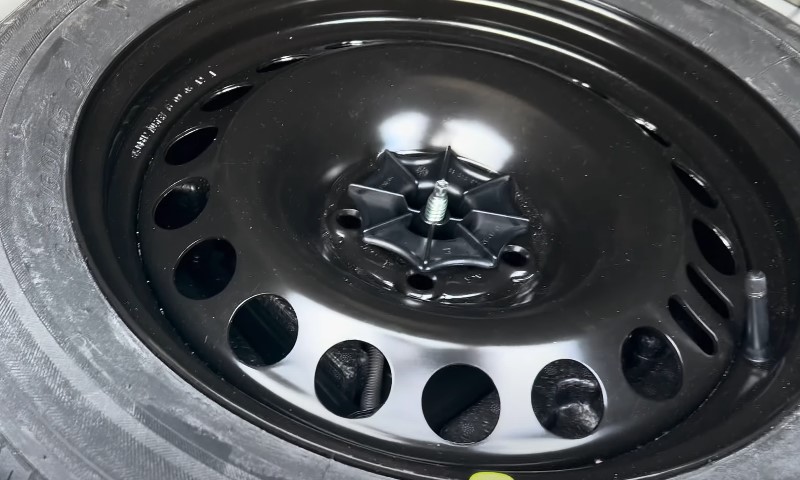
Chevrolet Cruze models use a M12 x 1.5 thread pitch, typical for many GM compact cars. Most factory and aftermarket wheels for the Cruze also use a 60-degree conical seat .
Always match the seat type of your lug nuts to the wheel. Using the wrong seat style can cause uneven torque and wheel movement.
Key specs:
- Thread pitch: M12 x 1.5
- Seat type: 60° conical
- Torque: 140 N·m (100 lb-ft)
Tighten lug nuts in a star pattern after lowering the car from the jack, then recheck torque after 25–50 miles of driving. This step ensures the wheel seats properly and avoids uneven clamping.
Offsets and Backspacing – Where the Wheel Sits
Offset is the distance between the wheel’s centerline and the mounting surface that touches the hub. It affects how far the wheel sits inside or outside the fender.
The Cruze’s stock offset sits around +41 mm , which is slightly positive, meaning the wheel face sits outward compared to the hub centerline.
If you plan to upgrade, here’s a safe reference:
| Wheel Width | Recommended Offset Range | Notes |
| 7.0 inch | +40 to +43 mm | Closest to OEM spec |
| 7.5 inch | +38 to +42 mm | Typical aftermarket 18-inch fit |
| 8.0 inch | +35 to +40 mm | Use caution, check fender and strut clearance |
Moving too far from stock offset can cause issues:
- Too high an offset (like +50 mm) tucks the wheel inward and risks strut contact.
- Too low an offset (like +30 mm) pushes the wheel outward and may rub fenders on compression.
Keeping offset changes within about ±3 mm of factory spec helps maintain proper geometry.
Shared GM Bolt Patterns – Does 5×105 Fit Anything Else?
Yes, the 5×105 pattern was used on several GM compact models from the same era. The Chevrolet Sonic and Buick Encore also share this bolt circle, though their offsets and center bores may differ slightly.
That’s why some sellers list Cruze and Sonic wheels as interchangeable. However, always verify hub bore and offset before swapping between models, especially if you want OEM fitment quality.
Wheel Adapters and Conversion Kits
You might see wheel adapters that convert 5×105 to more common patterns like 5×114.3 or 5×112 , expanding your wheel choices. While they do open up more aftermarket options, they also add thickness, changing your effective offset.
Adapters can add 20–25 mm of thickness, which pushes the wheel outward and can increase bearing load. If you use them:
- Choose hub-centric adapters sized to 56.6 mm.
- Use high-grade hardware.
- Recalculate the resulting offset.
Measuring Your Own Bolt Pattern and Bore
Even when the numbers are known, measuring your specific car or wheels is a smart move, especially if the car was bought used or the wheels aren’t original.
To measure bolt pattern:
- Count the number of studs (5).
- Measure from the center of one stud to the outer edge of the stud two away.
- Convert the measurement to millimeters. On a Cruze, it should read close to 105 mm .
To measure center bore:
- Use a digital caliper on the raised hub pilot (on the car) or the wheel’s center hole. Expect 56.6 mm .
To confirm thread pitch:
- Check a replacement lug nut listing for your model year; it should read M12 x 1.5 .
To verify torque:
- Set your torque wrench to 100 lb-ft when reinstalling wheels.
Real Fitment Scenarios
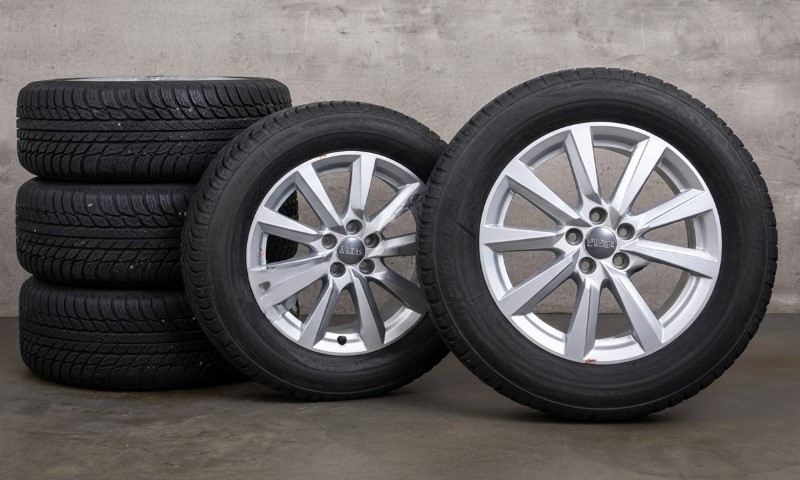
Let’s run through a few practical examples that Cruze owners often face.
A. Replacing One Damaged OEM 16-Inch Wheel
- Buy a direct replacement: 16×7 , 5×105 , +41 mm , 56.6 mm bore .
- Move the tire over and replace the TPMS seal if needed.
- Torque lug nuts to 100 lb-ft, then recheck after driving 25–50 miles.
OEM references like Hollander 5748 match those specs perfectly.
B. Upgrading to 18-Inch Wheels for Looks
- Common aftermarket spec: 18×7.5 , +41 mm offset , 5×105 , 56.6 mm bore .
- Keep tire diameter close to stock. A 225/40R18 tire often fits well.
- Double-check with your door-jamb label and adjust pressure for high-speed driving per the owner’s manual.
C. Installing Aftermarket Wheels With Larger Center Bore
- Add hub-centric rings (inner 56.6 mm).
- Torque properly, test at highway speed, and recheck for vibration.
If you still feel shake, inspect whether the ring or wheel isn’t fully seated, then rebalance the wheel if necessary.
FAQs
Owner’s Manual Notes Worth Following
The Chevrolet Owner’s Manual gives practical reminders that apply to every wheel change:
- Clean rust and dirt from the wheel and hub surfaces before mounting.
- Tighten lug nuts evenly in a star pattern.
- Always use a torque wrench for the final tightening.
- Recheck torque after driving a short distance.
- Follow the TPMS relearn process after rotating or replacing wheels.
Neglecting those small steps can lead to brake pulsation, wheel loosening, or vibration later.
Year and Trim Compatibility
From 2011 through 2019 , the Cruze shared nearly identical wheel fitment specs across trims (L, LS, LT, LTZ, Premier).
- All use 5×105 bolt pattern.
- Offset around +41 mm.
- Center bore 56.6 mm.
Even the Cruze Diesel and Hatchback variants maintain the same pattern and hub bore. Still, verify via VIN or wheel part number if you suspect a prior owner swapped components.
Buying Checklist
Before purchasing any wheel set, run through this list:
✅ Bolt Pattern: 5×105
✅ Center Bore: 56.6 mm (use rings if bore is larger)
✅ Lug Spec: M12 x 1.5, correct seat type
✅ Offset: Around +41 mm for 7-inch wheel; adjust carefully if wider
✅ Tire Size: Match overall diameter and load rating from the factory label
✅ Torque: 100 lb-ft in a star pattern; retorque after driving
A quick double-check before buying will spare you from returns, alignment issues, or unwanted vibrations.
Final Words
Every number in your Cruze’s wheel spec sheet serves a purpose. The 5×105 bolt pattern, 56.6 mm center bore, M12 x 1.5 threads, and +41 mm offset together ensure that the wheel sits straight, spins true, and keeps suspension components happy.
Get the hub bore right, use proper torque, and keep offset changes modest. Add hub rings when needed and always double-check tire sizes against your door label. Do that and your Cruze will reward you with smooth, vibration-free miles and properly seated wheels that don’t eat through bearings or tires.
It’s the kind of detail-oriented care that separates a simple wheel swap from a well-done one.
Related Posts:



